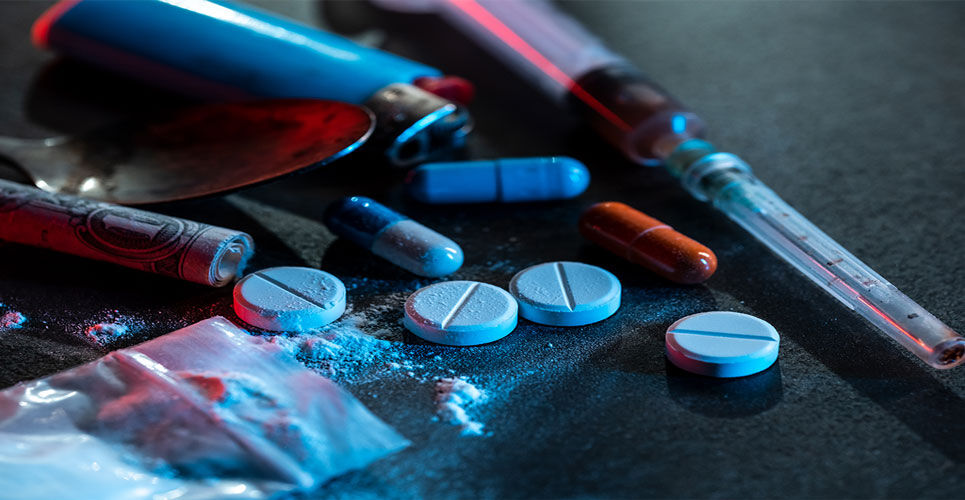Recreational drug (RD) use was detected via the urine samples of approximately one in 10 patients (11%) admitted to an intensive cardiac care unit, according to the findings of a multi-centre French study.
Published online in the journal Heart, the study also found the presence of such drugs was independently associated with a higher risk of in-hospital major adverse events (MAEs).
The use of RDs is already known to be associated with a higher risk of cardiac arrhythmias. However, there is some uncertainty over the prevalence of RD use among patients admitted to hospital with heart problems, or to what extent this affects the likely course of their condition.
Impact of recreational drug use
The researchers aimed to assess the prevalence of RD use and its association with in-hospital MAEs in patients admitted to intensive cardiac care units. Among those admitted, systematic screening for RDs was performed by prospective urinary testing.
The primary outcome was the prevalence of RD detection. In-hospital MAEs were defined as death, resuscitated cardiac arrest or haemodynamic shock.
In 499 consecutive patients with a mean age of 63 years (70% male), 161 (11%) had a positive test for a RD, including cannabis (9.1%), opioids (2.1%), cocaine (1.7%), amphetamines (0.7%) and MDMA (0.6%). Despite these findings, only 57% of those testing positive declared recreational drug use.
Patients who used RDs exhibited a higher MAE rate than non-users (13% vs 3%, respectively, p < 0.001).
After adjustment for comorbidities, RD use was independently associated with a higher rate of in-hospital MAEs (odds ratio, OR = 8.84, 95% CI 4.68 – 16.7, p < 0.001). In fact, cannabis, cocaine and MDMA, when assessed separately, were independently associated with in-hospital MAEs.
Multiple drug detection was frequent (28% of positive patients) and also associated with an even higher incidence of MAEs (OR = 12.7, 95% CI 4.80 – 35.6, p < 0.001).

